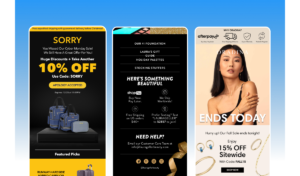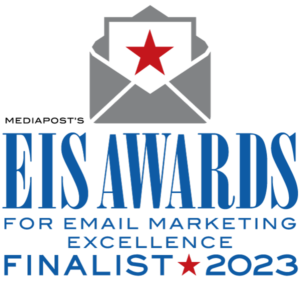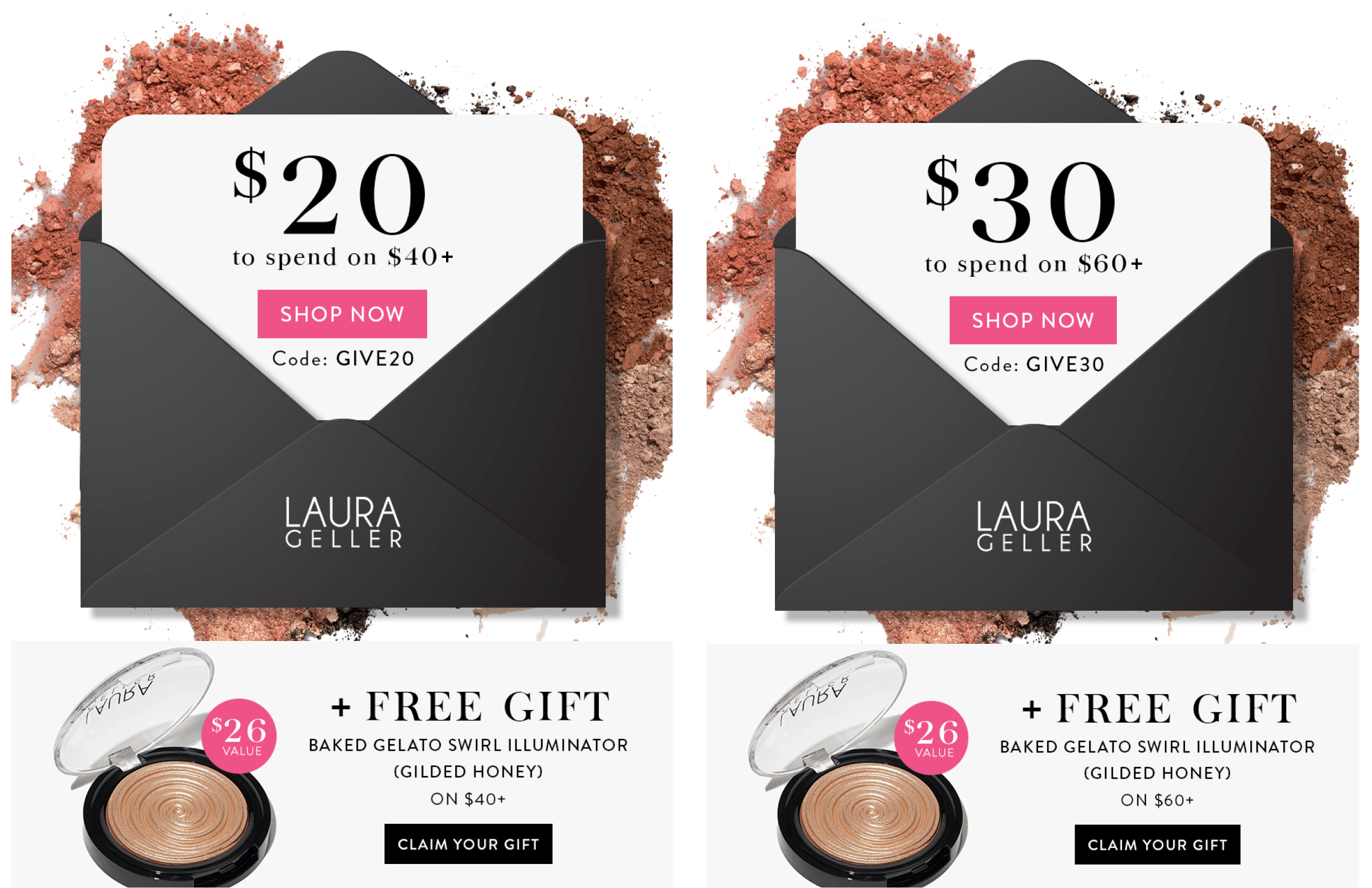Making New Year’s resolutions is a common tradition that involves setting goals or intentions for the upcoming year. With that in mind, we’d like to help email marketers start off the year right with a simple, but important resolution:
Write Better Subject Lines.
Now we all know that Subject Lines are important because they determine whether an email will be opened and read by the recipient. You are probably aware of a lot of best practices for Subject lines such as avoiding spam words, using capitalization or punctuation sparingly, and keeping it short (40 characters or less) and to the point – although we cited some notable exceptions in a recent blog on Subject Line length.
So, instead of focusing on the technical aspects of Subject Lines, here are five simple tactical approaches that will help you achieve your 2023 email marketing resolution to Write Better Subject Lines.
1. Make an Announcement
Making an announcement in an email subject line can be an effective way to grab the reader’s attention and convey important information in a concise and straightforward manner. It can help the reader understand the purpose of the email and can be particularly useful if the email contains time-sensitive information or if the reader receives a high volume of emails and needs to quickly identify the most important messages. Additionally, making an announcement in the subject line can help to create a sense of excitement or anticipation around the content of the email, which can encourage the reader to open and read it.
For example, an email subject line that reads “Announcing the launch of our new product line” clearly conveys to the reader that the email contains important information about a product launch and may make them more likely to open and read the email to learn more. Overall, making an announcement in an email subject line can be an effective way to engage the reader and encourage them to read the email.
2. Ask an Open-ended Question
Open-ended questions are questions that cannot be answered with a simple “yes” or “no” response. They require the reader to think and provide a more thoughtful, complete answer. In the context of email subject lines, open-ended questions can be effective in engaging the reader and encouraging them to open the email and read its content. They can also be useful in prompting the reader to take some action or provide information.
For example, an email subject line that asks “What are your thoughts on the new product launch?” might be more effective at getting the reader to open the email and provide feedback than a subject line that simply states “New product launch.”
3. Issue a Command
Including a command in an email subject line can be an effective way to convey the action that the reader is expected to take in response to the email. It can help ensure that the reader understands what is expected of them and can help them quickly and easily understand the purpose of the email.
For example, an email subject line that includes a command such as “Please review and approve the attached document” clearly conveys to the reader that they need to review and approve the attached document. This can be particularly useful if the email contains a large amount of information or if the reader receives a high volume of emails and needs to quickly identify the most important or actionable messages. Overall, including a command in an email subject line can help ensure that the message is read and acted upon in a timely and efficient manner.
4. Include a List
Including a list in an email subject line can be an effective way to convey the main points or key takeaways of the email in a concise and easy-to-understand format. It can help the reader quickly and easily understand the content of the email and can be particularly useful if the email contains a lot of information or if the reader receives a high volume of emails and needs to quickly identify the most important messages. Additionally, a list in the subject line can help the reader to anticipate the content of the email and can make it more likely that they will open and read it.
For example, an email subject line that reads “Three reasons to attend the conference” clearly conveys to the reader that the email will provide three reasons to attend the conference, making it more likely that they will open and read the email to find out what those reasons are. Overall, including a list in an email subject line can be an effective way to engage the reader and encourage them to read the email.
5. Set a Deadline
Including a deadline in an email subject line can be an effective way to convey the sense of urgency or importance of the message. It can help ensure that the reader understands that the information or request contained in the email needs to be addressed in a timely manner. This can be particularly important if the email relates to a task that needs to be completed or a decision that needs to be made.
For example, an email subject line that reads, “Sale Ends in 48 Hours” makes it clear that a window of opportunity is about to close. Including a timing-based deadline in the subject line can create a fear of missing out (FOMO) and spur the reader open the email and act upon it promptly.
So, there you have it: a simple, but important New Year’s resolution for email marketers and five great ways to achieve it.





